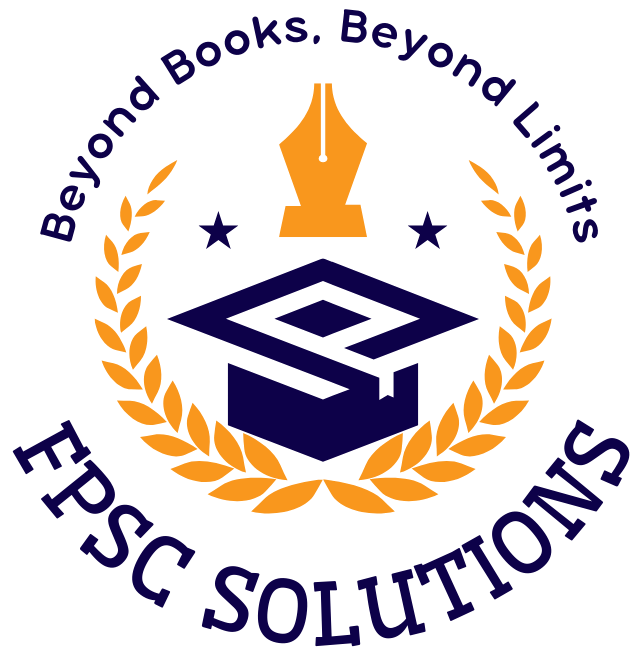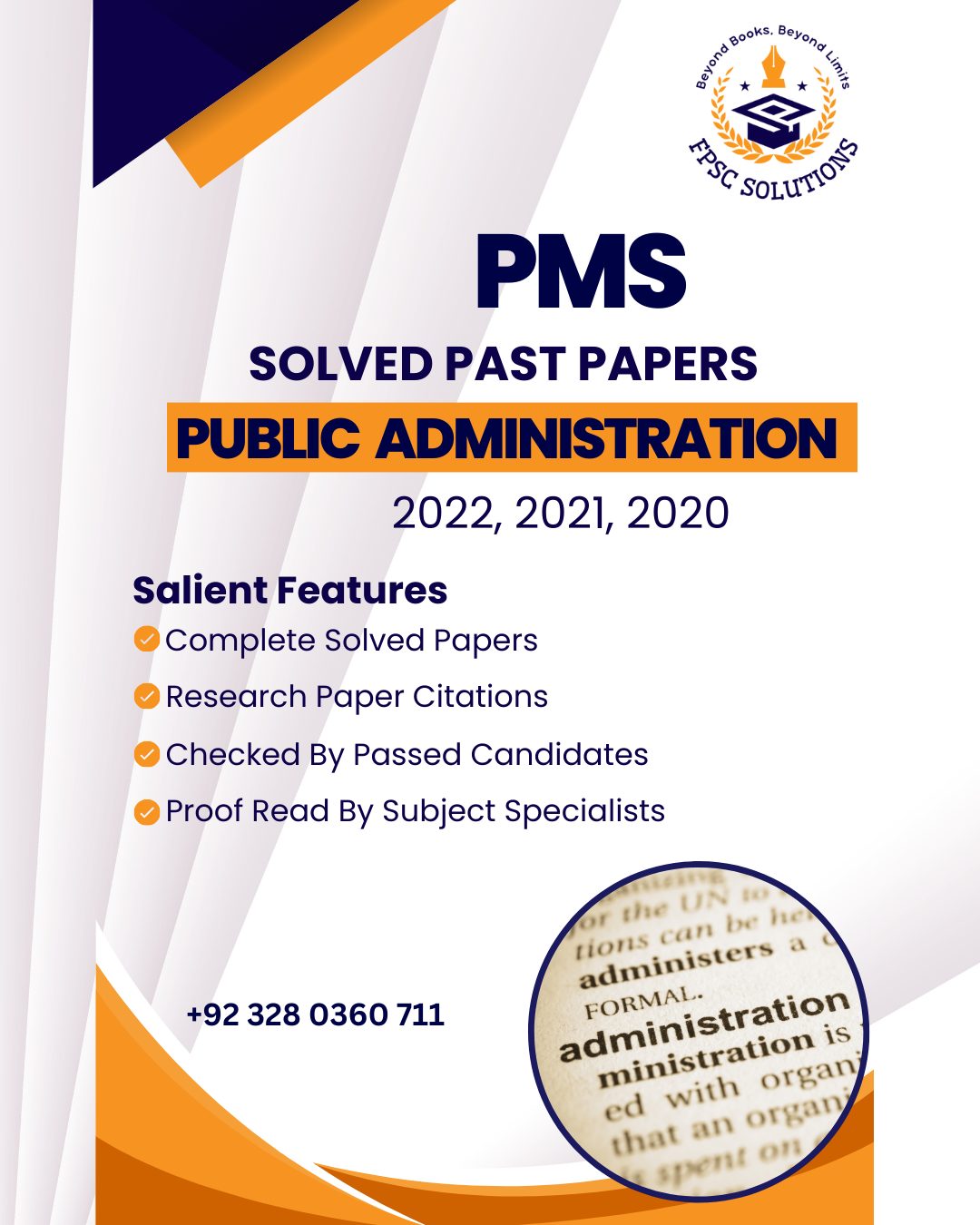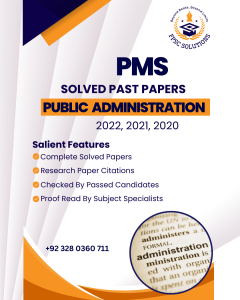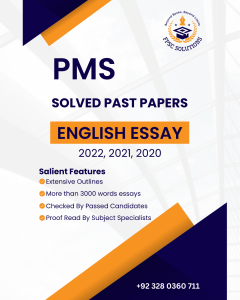The Provincial Management Service (PMS) exam in Pakistan is a competitive examination conducted by provincial commissions to recruit government officers for administrative roles. The PMS Public Administration is an important subject for aspiring candidates in these exams. Understanding the key concepts and effectively answering the questions is essential for success in this exam.
The PMS Public Administration Paper 1 2020 solution and PMS Public Administration Paper 2 2020 Solution provide valuable insights into the types of questions asked and the best strategies for answering them. These papers cover topics like public ethics, intergovernmental relationships, public policy, budgeting approaches, human resource management, workforce diversity, decentralization, and citizen participation. By studying these solved papers and free preparation material students can enhance their knowledge and improve their exam performance.
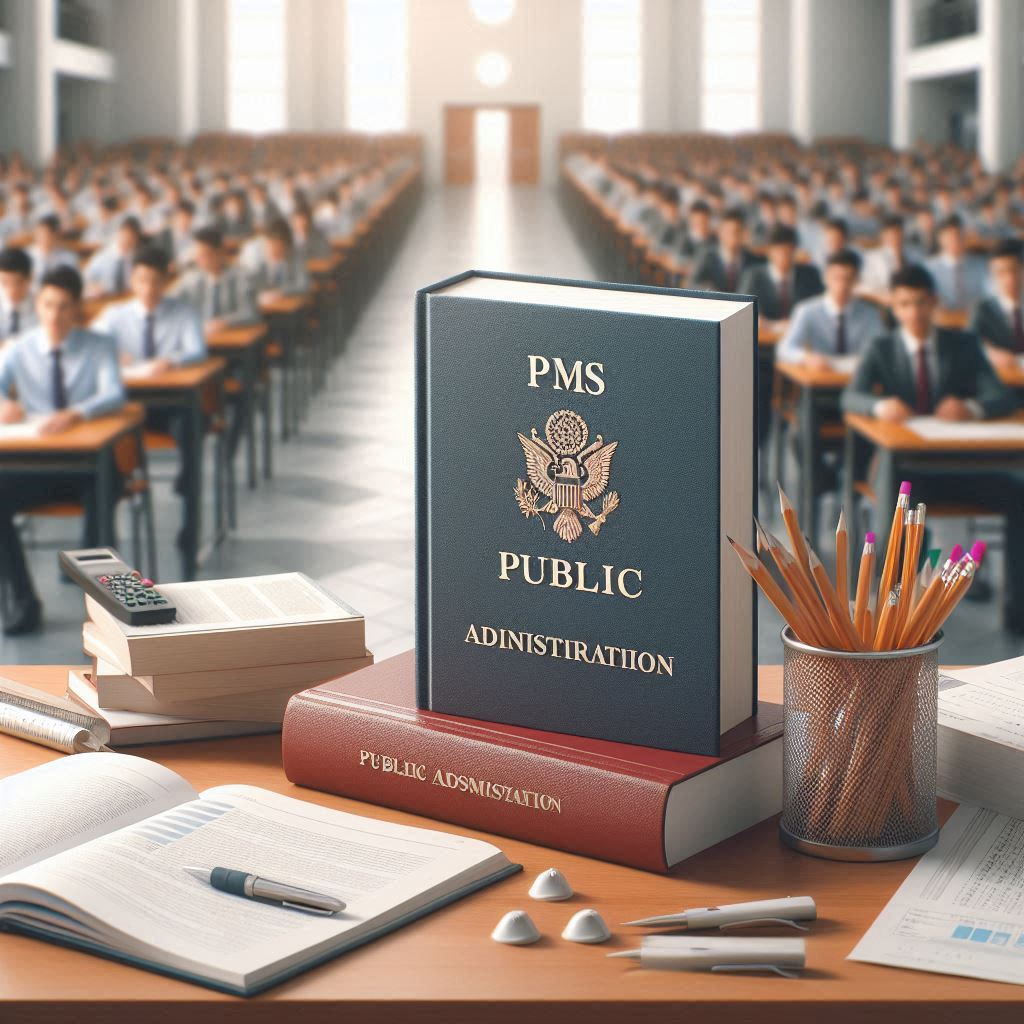
PMS Public Administration Paper 1 (2020)
Paper 1
Q1: Contemporary public administration has been powerfully influenced by broader governance trends such as public ethics and reinventing government. Evaluate this statement as a permanent feature or only a temporary trend in the context of Pakistan.
Q2: Public administrators need to understand the nature of intergovernmental relationships in a federal setup since it would be impossible for any vertical government unit to work in isolation Discuss at least five key areas of vertical intergovernmental administrative issues in Pakistan that must be addressed to preserve federalism.
Q3: In contemporary governance approaches, different stakeholders play an important role in the public policy process. Discuss how the Federal government and the Punjab government have formulated and implemented public policy by engaging stakeholders in different domains for local prevention and control of the COVID-19 pandemic.
Q4: Line-item budgeting is conventionally used for provincial and federal government budgets of Pakistan Suggest an alternative public budgeting approach for government budgets in Pakistan. Discuss why the suggested approach would be more suitable and effective for achieving the current political and economic objectives of the government.
Q5: How Human Resource Management is different from the erstwhile concept of Personnel Administration? Discuss key challenges that public sector organizations in Pakistan face while implementing contemporary practices of Human Resource Management.
Q6: What do you understand by workforce diversity? Why maintaining a diverse workforce in public sector organizations is becoming increasingly inevitable? How effective management of diversity can unlock creativity in conventional government decision-making process?
Q7: Define decentralization and its main types. Briefly discuss and evaluate major governance reforms in the direction of decentralization in Pakistan since the year 2001.
Q8: Briefly discuss the expanding role of citizen participation in open and inclusive governments to what extent common citizens be engaged in the public administration and development management process in Pakistan? Answer the question considering the quality of citizenry in Pakistan and her democratic ideals.
PMS Public Administration Paper 2 (2020)
Paper 2
Q1. The 18th constitutional amendment in the constitution of the Islamic Republic of Pakistan is considered to be a major event in our constitutional history that gave many powers to the provincial governments. How has this change affected the relationship and coordination between federal and provincial governments with particular reference to health, education, and agriculture?
Q2. “Some of the Public Sector issues are considered as “Wicked Problems” and Pakistan’s public sector lacks institutional an-human resource capacity.” Give your opinions on this statement with examples.
Q3. Since the creation of Pakistan, several attempts have been made in reforming the civil service in Pakistan. How do you see these reforms and what major challenges have been identified by various commissions, committees, and/or task forces?
Q4. Describe the system of auditing in Pakistan and how it can help in dealing with the menace of corruption and financial mismanagement in the public sector?
Q5. How critical is it to evaluate a public policy after implementation and what techniques can administrators use in ensuring proper evaluation of a policy?
Q6. What is the role of politics in the budgetary process? Explain several concerns such as representation, consensus, coalition building, and locus of power in allocating funds.
Q7. Corruption has been one of the most enduring problems confronting governments throughout history. What are the corrective ways to foster public corruption? How the traditional public sector values can be reinforced in public servants?
Q8. Devolution, decentralization, autonomy, and establishment of local governments are said to be the ultimate solution to the Issues of governance and service delivery. Give arguments in favor or against this statement.
PMS Public Administration 2020 Paper (1 & 2) with Citation
-
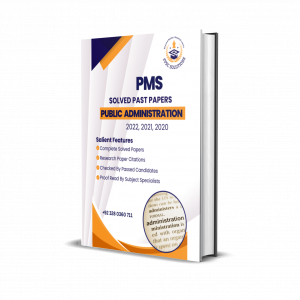
PMS PUBLIC ADMINISTRATION SOLVED PAST PAPERS 2022, 2021, 2020
₨ 999 – ₨ 2,499Select options This product has multiple variants. The options may be chosen on the product page
Tips to Write the Answer on Each Question of the Paper
Q1: Contemporary public administration has been powerfully influenced by broader governance trends such as public ethics and reinventing government. Evaluate this statement as a permanent feature or only a temporary trend in the context of Pakistan.
To write an essay on this question, begin by explaining the concepts of public ethics and reinventing government, focusing on their relevance in public administration. Discuss how these trends have influenced contemporary public administration in Pakistan. Provide examples of how public ethics and government reforms have been implemented in Pakistan. Evaluate whether these trends are likely to become permanent features or remain temporary by analyzing their impact, sustainability, and challenges in the Pakistani context.
Q2: Public administrators need to understand the nature of intergovernmental relationships in a federal setup since it would be impossible for any vertical government unit to work in isolation Discuss at least five key areas of vertical intergovernmental administrative issues in Pakistan that must be addressed to preserve federalism.
Start by defining intergovernmental relationships in a federal system, emphasizing the need for coordination among various levels of government. Identify and discuss five key areas of vertical intergovernmental administrative issues in Pakistan, such as fiscal federalism, policy coordination, resource allocation, legislative overlaps, and administrative autonomy. Explain why addressing these issues is crucial for preserving federalism in Pakistan, and suggest possible solutions or reforms.
Q3: In contemporary governance approaches, different stakeholders play an important role in the public policy process. Discuss how the Federal government and the Punjab government have formulated and implemented public policy by engaging stakeholders in different domains for local prevention and control of the COVID-19 pandemic.
For this essay, begin by explaining the concept of stakeholder engagement in public policy. Discuss the specific roles of the Federal and Punjab governments in formulating and implementing public policies to prevent and control COVID-19. Provide examples of how various stakeholders, including healthcare professionals, community leaders, NGOs, and the private sector, were involved in the policy making process. Highlight the outcomes of this engagement in terms of effective pandemic management in Pakistan.
Q4: Line-item budgeting is conventionally used for provincial and federal government budgets of Pakistan Suggest an alternative public budgeting approach for government budgets in Pakistan. Discuss why the suggested approach would be more suitable and effective for achieving the current political and economic objectives of the government.
Start by briefly explaining what line-item budgeting is and why it is commonly used in Pakistan. Then, suggest an alternative budgeting approach, such as performance-based budgeting or zero-based budgeting. Discuss the benefits of the chosen approach, such as improved resource allocation, increased accountability, and better alignment with political and economic objectives. Provide examples of how this approach could be implemented in Pakistan and the potential challenges it might face.
Q5: How Human Resource Management is different from the erstwhile concept of Personnel Administration? Discuss key challenges that public sector organizations in Pakistan face while implementing contemporary practices of Human Resource Management.
To write this essay, start by defining Human Resource Management (HRM) and Personnel Administration, highlighting the differences between the two. Discuss the evolution from personnel administration to HRM, focusing on the strategic role of HRM in managing people. Identify key challenges faced by public sector organizations in Pakistan while implementing HRM practices, such as resistance to change, lack of training, limited resources, and bureaucratic hurdles. Provide examples of how these challenges impact HRM in Pakistan’s public sector.
Q6: What do you understand by workforce diversity? Why maintaining a diverse workforce in public sector organizations is becoming increasingly inevitable? How effective management of diversity can unlock creativity in conventional government decision-making process?
Begin this essay by defining workforce diversity and explaining its importance in the public sector. Discuss why maintaining a diverse workforce is becoming inevitable, considering factors like globalization, social justice, and changing demographics. Explore how effective diversity management can enhance creativity, innovation, and problem-solving in government decision-making. Provide examples of diversity initiatives that have led to positive outcomes in other countries and discuss how these can be applied in Pakistan.
Q7: Define decentralization and its main types. Briefly discuss and evaluate major governance reforms in the direction of decentralization in Pakistan since the year 2001.
Start by defining decentralization and its main types, such as administrative, political, and fiscal decentralization. Discuss the governance reforms implemented in Pakistan since 2001, focusing on the devolution of powers, local government systems, and financial autonomy. Evaluate the effectiveness of these reforms in achieving decentralization goals, highlighting successes, challenges, and areas for improvement. Provide examples of how these reforms have impacted governance in Pakistan.
Q8: Briefly discuss the expanding role of citizen participation in open and inclusive governments to what extent common citizens be engaged in the public administration and development management process in Pakistan? Answer the question considering the quality of citizenry in Pakistan and her democratic ideals.
To address this question, begin by discussing the concept of citizen participation in open and inclusive governments. Explore how citizen engagement has expanded in recent years, emphasizing the importance of transparency, accountability, and public involvement in decision-making. Discuss the extent to which citizens in Pakistan can be engaged in public administration and development management, considering factors like literacy, civic awareness, and democratic ideals. Provide examples of successful citizen participation initiatives in Pakistan and suggest ways to enhance public involvement.
In Conclusion, the PMS Public Administration 2020 Solved Paper is an essential resource for students preparing for the PMS exam in Pakistan. By studying the solved questions, students can gain a deeper understanding of key public administration concepts and improve their ability to answer exam questions effectively. This paper covers a wide range of topics, from governance trends and intergovernmental relationships to public budgeting and citizen participation. Utilizing this solved paper can help students enhance their knowledge and boost their confidence, ultimately leading to better exam performance and success in their civil service careers.
